08:22, 12/09/2023
Artificial intelligence (AI) technologies are creating alarming dangers in the social community through increasingly sophisticated deception techniques.
Among them, the recently developed “deepfake” technology is attracting many users, especially women, to combine their photos with images of beauty queens, fashion models... to look real, without knowing that behind it are unpredictable risks.
Recently, an acquaintance of mine shared a link to a video with the caption “revealing movie” of a famous female star. When clicking on the link, people were surprised to see the face of a young actress in sexy clothes and being “intimate” with a man. A technology expert said that this is not a real movie but just a technology scam, using “deepfake” technology to create another person’s image.
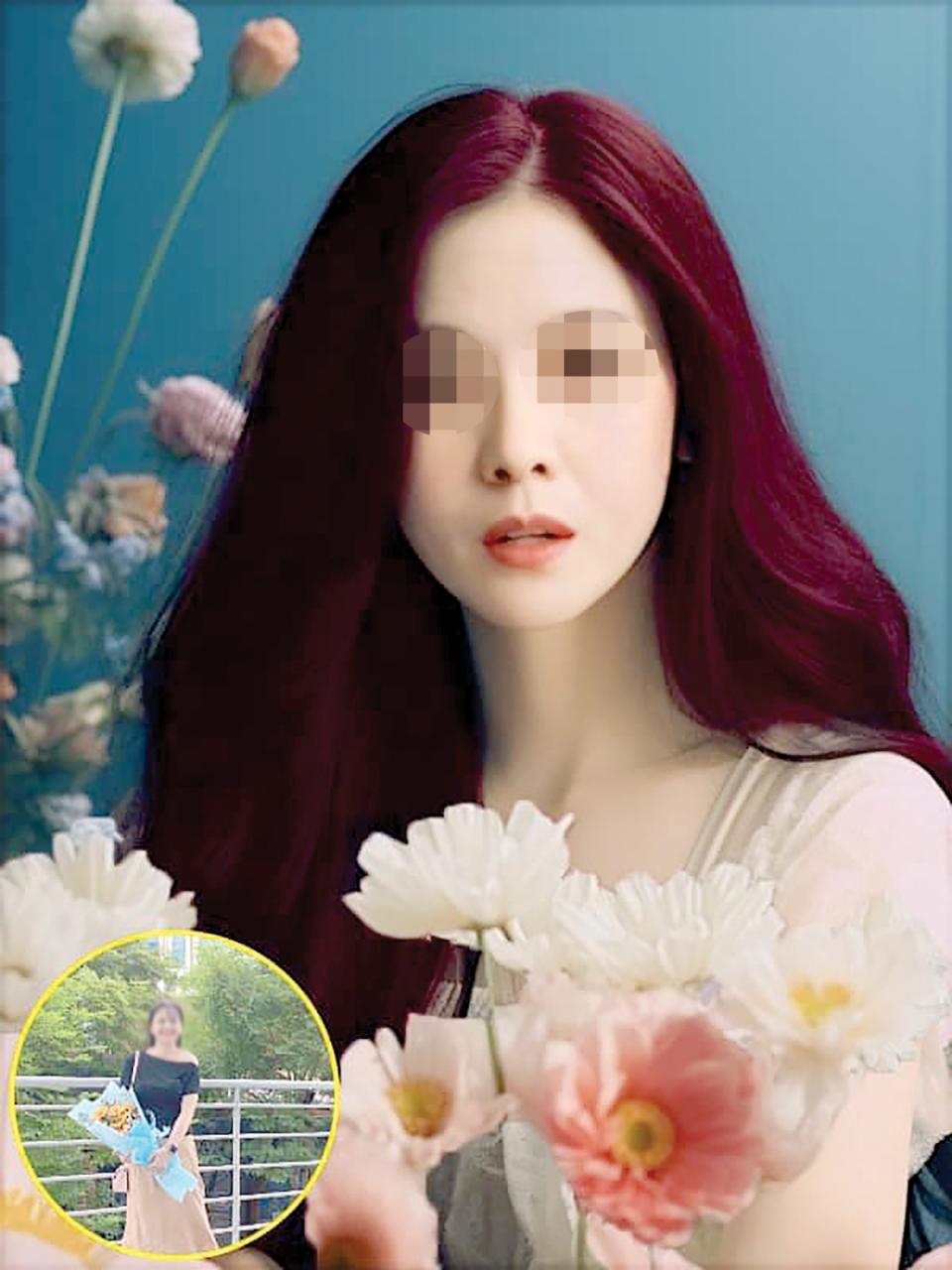 |
| An AI-generated photo of a user. Photo from the Internet |
This expert also informed that in the past 10 days, there has been a trend on social networks of sending portrait images into artificial intelligence application software, to get "very beautiful, realistic" photos. Many young people really like this, even instructing each other to choose which software is smarter, can combine more beautiful images, like famous actors, models... Some application software also allows to combine photos into videos. "However, no one can predict the hidden danger behind this game. Simply put, one day, you will see an image of yourself in a sexy, naked body," the above expert warned.
Tracing back the information, it can be seen that “deepfake” technology is developed based on the machine learning platform, using Google’s open source code. The term “deepfake” is a combination of the two phrases “deep learning” and “fake”, which means learning to create simulations. This technology scans the video and portrait of a specific user, then merges it with other separate videos or photos to create a photo or clip. Thanks to the use of AI’s smart features, this technology can replace basic identification details on a human face such as eyes, mouth, nose, along with the speed of facial movement, and voice sound to create a nearly real copy. The more original image data there is in this process, the easier it is for the AI feature to learn and create a fake face and image that is identical to a real person.
With the rapid development of technology, “deepfake” is quickly spreading into many areas of life, as simple as helping a person choose a suitable hairstyle for themselves, or trying to design a certain outfit. The application goal of the technology is therefore very positive and is appreciated by many users. However, the other side of the problem is the opportunity for subjects and criminals to use it for bad purposes.
Accordingly, users who provide their portraits or videos to online photo-editing software will easily become victims of cheap entertainment, such as nude photo-editing, sexual stimulation, etc. Photo-editing people may only entertain themselves, but they can also use those fake images to attack others, ridicule, defame or blackmail, insult the honor of others, and even confuse and destroy the relationships of those involved.
Second, criminals can use AI to create fake characters, commit online fraud such as calling relatives and friends to borrow money, steal information for bad purposes. Bad guys can even pretend to be users to log in to online technology applications, buy and sell online, via bank cards... to appropriate assets. From there, fraud, extortion, and terrorism rings can use virtual accounts, with fake characters to carry out bad actions.
The technology community has temporarily listed many popular software and website tools that use “deepfake” technology such as reface, zao, avatarify, deepfakes web β, myheritage, wombo… but this list may be longer and more diverse due to the rapid development of technology. Therefore, the cybersecurity community is warning users to be extremely careful and cautious with scams using deepfake technology. If not careful, one day users will suddenly realize that someone is pretending to be them to withdraw money from the bank, or… go online to make… political terrorist statements about a certain issue.
Girls and boys who are happily showing off their online photos, simulating their images, recording some memorable moments, should carefully reconsider. Because there is nothing absolutely free and safe for users, and any careless actions can have very regrettable consequences later. The online community has a saying “have fun, but don’t have too much fun”, perhaps it is appropriate to emphasize this warning!
Thuy Bat Nhi
Source















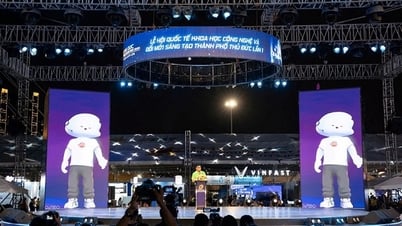




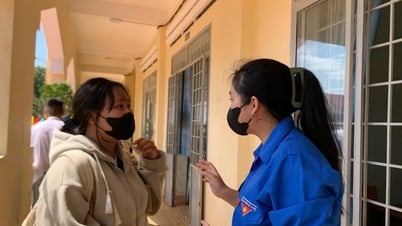








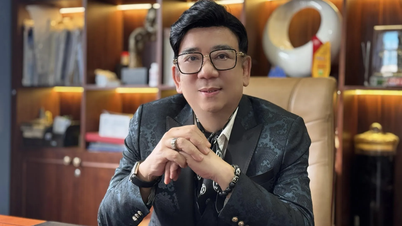

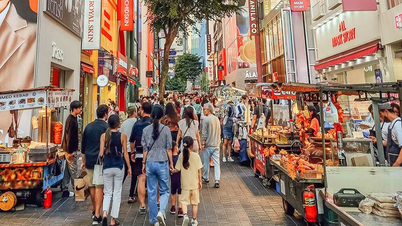

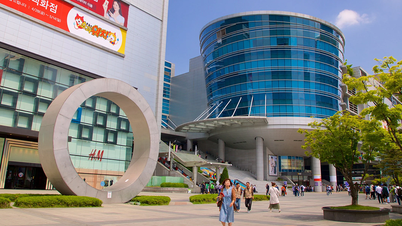












































































Comment (0)